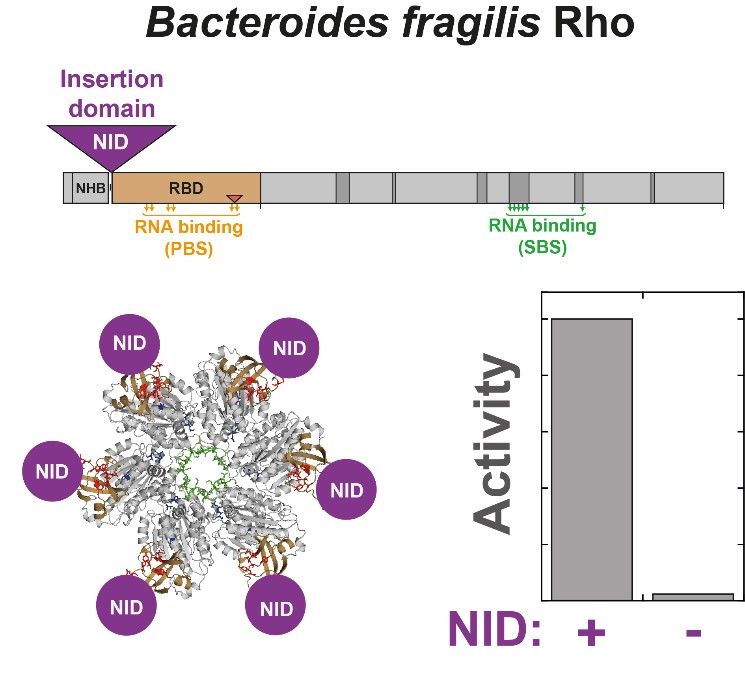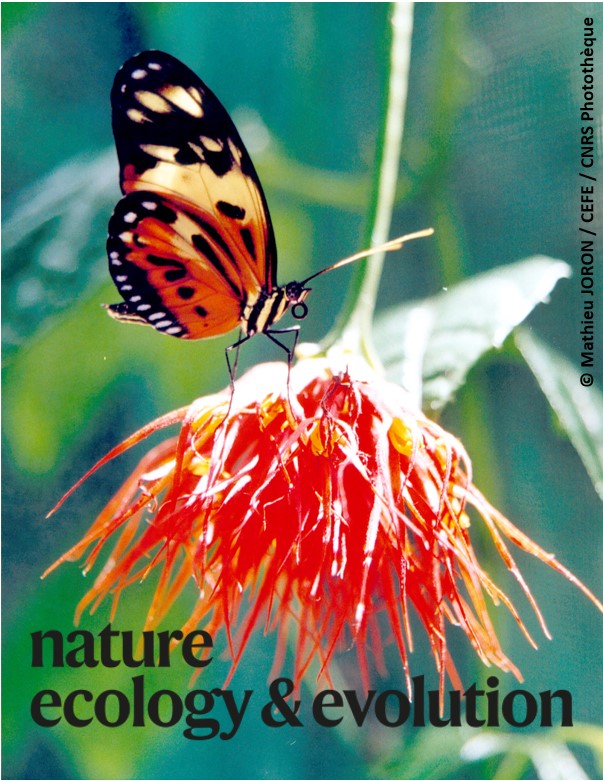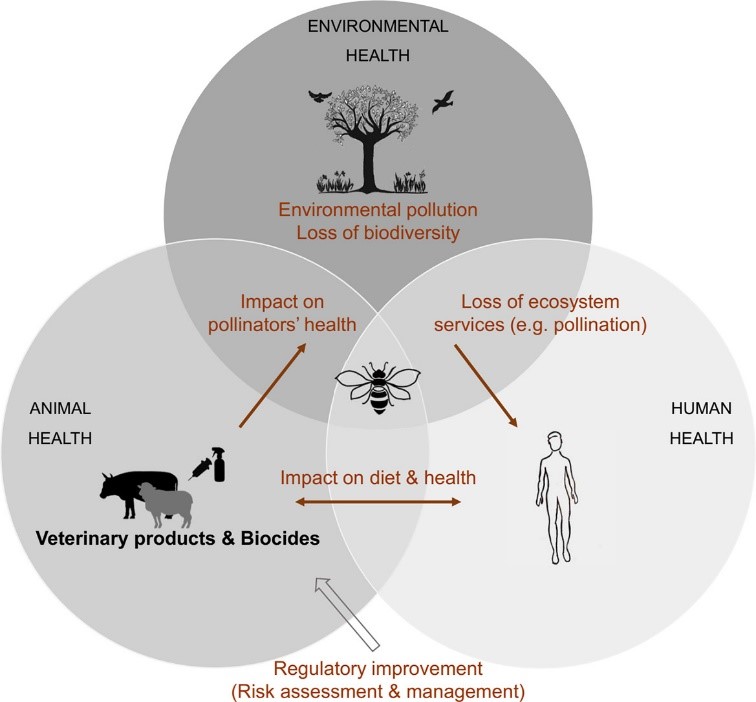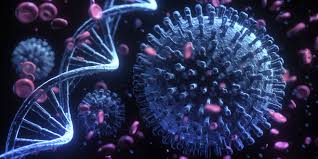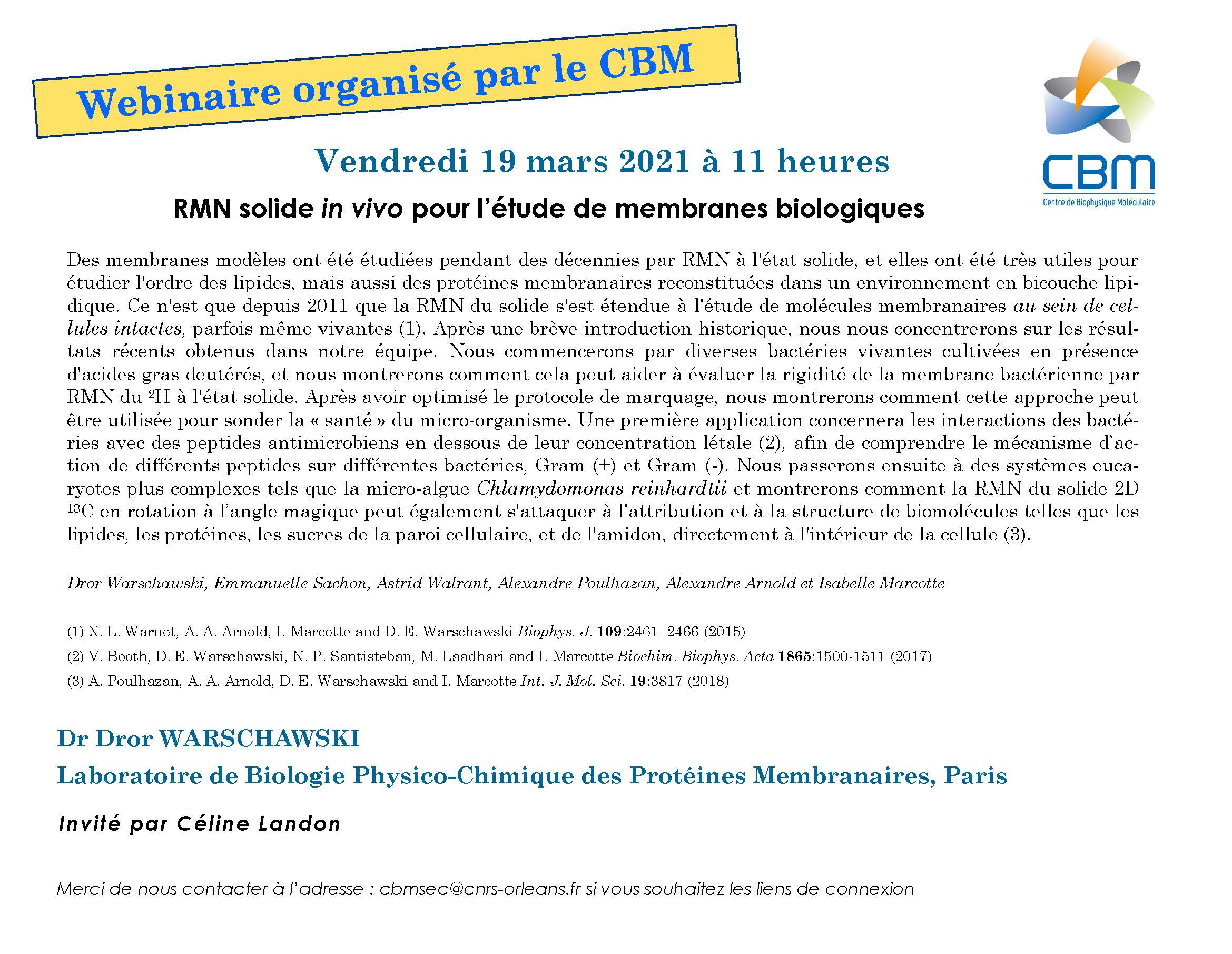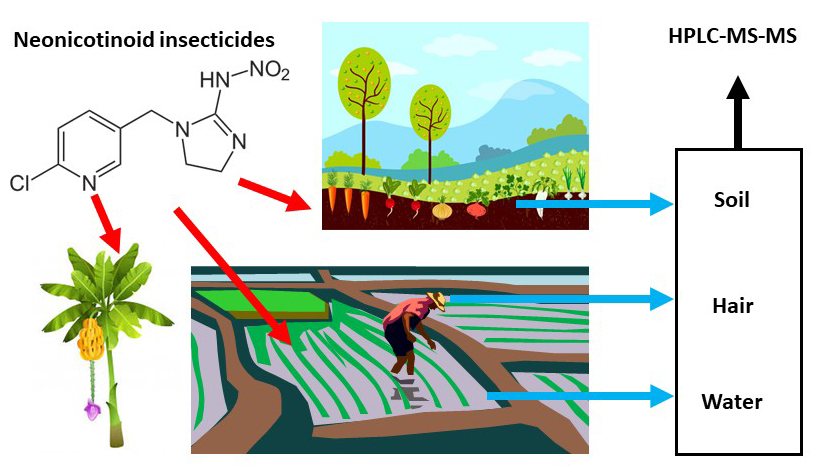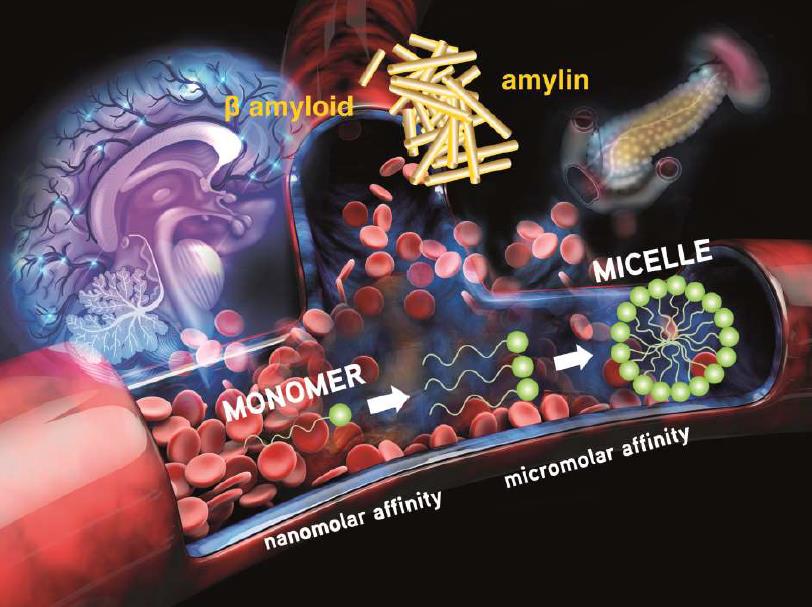Rho-dependent termination of transcription is a critical regulatory mechanism specific to bacteria. In a subset of species including most Actinobacteria and Bacteroidetes, the Rho factor contains a large, poorly conserved N-terminal insertion domain (NID) of cryptic function. Through the first characterization of an actinobacterial Rho factor containing a very large NID (~40% of total mass), we show that such a non-conserved protein domain can be essential for activity. Without NID, the Rho factor of Bacteroides fragilis (BfRho) indeed cannot induce transcription termination and displays a reduced affinity for RNA. Intriguingly, the presence of a NID in BfRho is not correlated to the lack of residues or motifs deemed essential in NID-less Rho factors from evolutionary distinct species. The NID requirement is probably linked to the coevolution of partner feature(s) such as lineage-specific RNA polymerase domains and/or low G+C content of the B. fragilis transcriptome. Our data thus highlight that ‘essential function’ does not always rhyme with ‘structural conservation’.
Simon I., Delaleau M., Schwartz A., Boudvillain M.
A Large Insertion Domain in the Rho Factor From a Low G + C, Gram-negative Bacterium is Critical for RNA Binding and Transcription Termination Activity
Journal of Molecular Biology (2021) 433 (15) 167060 - Doi : 10.1016/j.jmb.2021.167060

